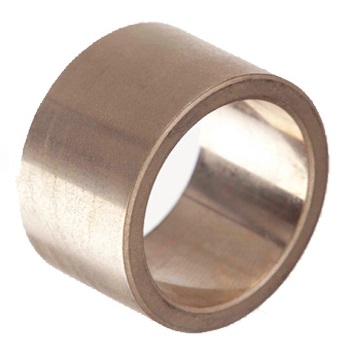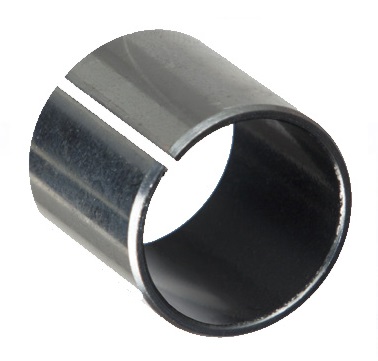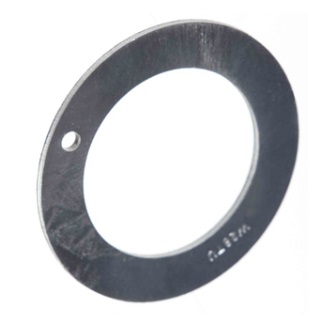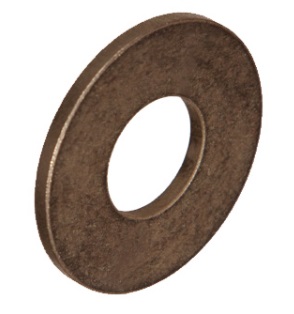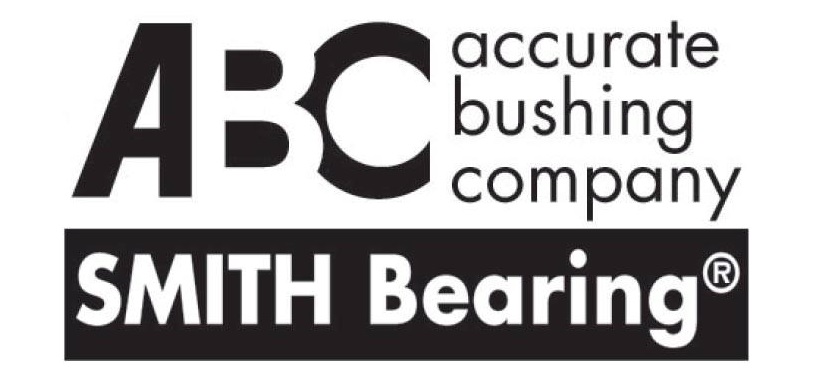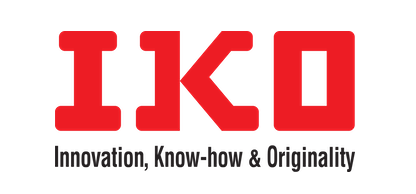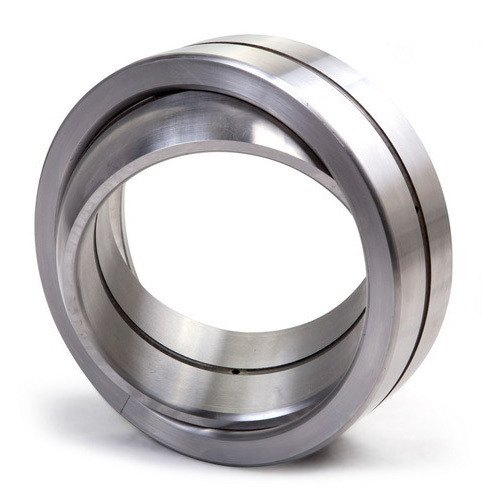
Plain Bearings
Plain bearings are designed for heavy and complex loads enabling angular motion. They are ideal for applications requiring reliability, self-aligning movement, and possible misalignments, such as industrial, automotive, construction, agriculture, and packaging. We offer two main types of plain bearings: spherical bushings and rod ends.
HVH Industrial works with manufacturers' specialized engineering teams to meet our customers' requirements and highest quality standards.
If you have any questions, write us via live chat (one of our team members will answer your questions), give us a call, or send us a quote request. The HVH team is always ready to help you.
 1(866)577-4040
1(866)577-4040
or
Plain Bearings
Manufacturers
What Are Plain Bearings?
Plain bearings, also called sleeve bearings or bushings, are simple and low-cost bearings that rely on a sliding surface to support the load. Plain bearings are used in applications where low friction and noise are critical, such as in air conditioners, fans, and bicycles.
Plain bearings are essential components in machinery that enable rotational and linear motion with minimal friction. These bearings consist of a metal sleeve and a sliding layer, which are separated by a lubricant film. Plain bearings have been in use for centuries, and they continue to be an integral part of modern machinery.
When it comes to mechanical systems, bearings play a vital role in their functioning. They are responsible for reducing friction and enhancing the smoothness of movement
At HVH, we understand the importance of high-quality plain bearings for the optimal performance of your machinery. That's why we offer a comprehensive range of plain bearings that are designed to meet the diverse needs of our clients. In this article, we'll take a closer look at plain bearings, their types, applications, and advantages.
Types of Plain Bearings
There are several types of plain bearings, each designed for specific applications, loads, speeds, and operating conditions. The most common types are
Spherical Bushings
A spherical bushing, also known as a spherical plain bearing, is a type of plain bearing that consists of an outer ring and an inner ring. The inner ring is typically mounted on a shaft, while the outer ring is mounted in a housing. The two rings are separated by a layer of lubricating material, such as grease or oil, which reduces friction and wear.
The outer surface of the inner ring and the inner surface of the outer ring are spherical, allowing the bearing to accommodate misalignment between the shaft and housing. This makes spherical bushings suitable for applications where there may be significant angular misalignment or where the shaft is subject to oscillation or vibration.
Rod Ends
Rod ends plain bearings are a type of bearing that is designed to accommodate oscillating and rotating movements. They are comprised of an inner and outer ring, with a spherical sliding contact surface. The outer ring is usually mounted in a housing, while the inner ring is attached to a shaft.
Rod ends plain bearings offer several properties that make them suitable for various applications. Firstly, they have a large load-carrying capacity, making them ideal for heavy-duty applications. They are also self-aligning, which means they can accommodate misalignment between the shaft and housing. Additionally, they have a low coefficient of friction, which ensures a smooth movement.
Drill Jig Bushings
Drill jig bushings are small metal components that are used in drill jigs to guide and support drill bits. They are typically made of hardened steel or tungsten carbide and are inserted into the drill jig. The drill bit passes through the bushing, which helps to align and stabilize the drill bit during drilling. Drill jig bushings come in various sizes and shapes, depending on the type of jig and the required hole size.
Drill jig bushings are easy to use. They are typically inserted into the drill jig using a press fit, which means they are designed to be a tight fit. Once the bushing is inserted, the drill bit is inserted through the bushing, and the jig is aligned to the desired position. The bushing guides the drill bit and ensures that the hole is drilled in the correct location.
Applications of Plain Bearings
Plain bearings are used in a wide range of industrial applications, including:
Automotive: Plain bearings are used in engines, transmissions, suspensions, and steering systems of cars, trucks, and motorcycles.
Aerospace: Plain bearings are used in aircraft engines, landing gear, and control surfaces.
Construction: Plain bearings are used in heavy machinery such as excavators, bulldozers, and cranes.
Manufacturing: Plain bearings are used in production machinery, conveyor systems, and machine tools.
Advantages of Plain Bearings
Plain bearings offer several advantages over other types of bearings. These include:
Low Friction: Plain bearings have a low coefficient of friction, which means they generate less heat and wear than other types of bearings.
Low Maintenance: Plain bearings require minimal maintenance and can last for a long time with proper care.
Cost-Effective: Plain bearings are typically less expensive than other types of bearings, making them a cost-effective option for many applications.
Conclusion
In conclusion, plain bearings are essential components of machinery and equipment that provide support and reduce friction between moving parts. They are used in various industrial applications, including automotive, aerospace, construction, and manufacturing.
At HVH, we recognize the critical role of high-quality plain bearings in optimizing machinery performance. Our comprehensive range of plain bearings is designed to meet the diverse requirements of our clients. Whether you need spherical bushings, rod ends, or drill jig bushings, we're here to ensure your machinery operates at its best.






